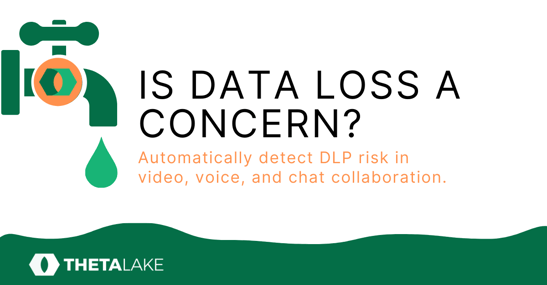
Nineteen video meetings in one day is Zoom CEO Eric S. Yuan’s personal record. It’s a new way of working that many can relate to, and similarly struggle to get through. The notion that extensive on-screen calls cause feelings of fatigue is supported by Microsoft’s own research. But it’s not just the ‘constraints of video conferencing technology, when combined with increased cadence in meetings’ that’s causing fatigue, it’s the fact that video calls also require more engagement and concentration. The absence of the non-verbal cues we’d normally rely on in person, the need for sustained attention through meetings and a lack of variety in what’s shown on screen are all contributors.
One of Microsoft’s internal studies even pinpointed physical changes where ‘brainwave markers showed significantly higher levels of stress in video meetings as compared to typical non-meeting work’. Whether it’s widespread fatigue across the workforce or recognition of more serious risks of individual burnout, corporations around the world are announcing public steps to support employee wellbeing, from additional time off to dedicated mental health resources.
The compliance and security risks
For those with compliance, data privacy and data security responsibilities, a fatigued and stressed workforce coupled with new ways of working is creating significant compliance challenges. As the dependency on collaboration platforms like Microsoft Teams, Zoom, Cisco Webex or Slack for continued productivity, ability to work from anywhere and staying personally connected increases, so do the compliance and security risks. The strains of an extended working day, which Microsoft research found to start earlier and end later, plus the practical challenges of sub-optimal home working environments heighten the risks further.
The need to ensure appropriate conduct, adherence to policies and protection of data across multiple communication channels has never been so important or challenging particularly given the ability to share sensitive and confidential data with such ease. Examples of security and compliance risks that organizations are facing include:
- Employees falling prey to phishing and social engineering attacks specifically targeted to exploit those working remotely.
- Inappropriate conduct as the boundaries between work and home blur particularly given the increase in chats being sent after hours.
- Securing video conferencing platforms to mitigate the risks of unauthorized access to meetings.
- The challenges of identifying intentional or inadvertent sharing of sensitive personal or corporate information, particularly visual information, through screen shares, whiteboards, and webcams as well as in chat messages.
- Maintaining organizational awareness of company culture and acceptable behavior and oversight of adherence to compliance and privacy policies.
Practical steps to reduce risks
The new ways of working and communicating are undoubtedly set to continue. Daily active users of Microsoft Teams alone have almost doubled in the last year to 145 million and usage is growing in jurisdictions that have returned to the workplace post lockdown. This shift is reinforced by a Boston Consulting Group survey which found that more than 70% of managers are now more open to flexible remote working requests than before the pandemic. In response, organisations are recommending steps to implement very practical ongoing actions to both reduce fatigue and improve productivity, job satisfaction and work life balance, which include some of Yuan’s own suggestions to limit the strain of high volumes of video conference meetings:
- Taking scheduled breaks away from the computer.
- Booking shorter meetings to enable a mental and physical break between meetings.
- Using a variety of methods to communicate, such as chat to reduce the number of meetings.
- Implementing organization-wide ‘no meetings’ days.
- Discouraging meetings in the evening at weekends to encourage boundaries between work and personal time.
Addressing compliance and security concerns requires a different set of organisational controls and support due to the complexity and volume of information being shared across collaboration platforms every day. The use of advanced AI, ML and NLP technologies facilitate more efficient and effective compliance, risk and data security management through:
- Automatic detection of security, data loss and compliance risks in what’s spoken, typed, shown or shared.
- Prioritisation of communications and content requiring review or intervention, whilst maintaining an audit trail of action taken.
- Swift remediation and removal of any risky content across platforms.
- Encouraging compliant behaviors through real time interactive feedback on potentially risky actions like screen sharing and enabling web cams.
- Comprehensive redaction capabilities to protect confidential or sensitive information from being accessed more widely.
- Rapid identification, and consistent legal hold, of relevant communications, content and images across platforms to support investigations, regulatory review, audits or complaints.
Theta Lake’s purpose-built AI-powered risk detection capabilities enable safe and compliant collaboration, reducing the overall cost of compliance and risks of non-compliance.




